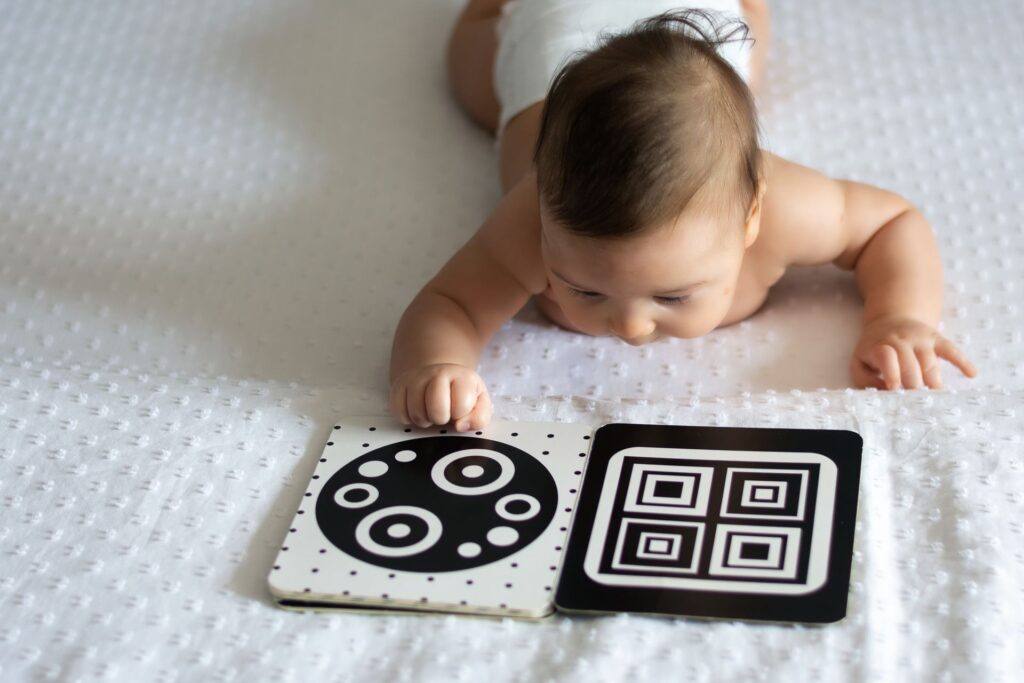 Fever is one of the most common symptoms that have parents running to see their doctors. In fact, it is estimated internationally that half of emergency room visits for children is because of fever. Remember that fever is not a disease. It is the body’s response to an illness. Sometimes that is a good thing as it may actually shorten the course of your child’s illness. It may also alert you to a more serious underlying problem.
Fever is one of the most common symptoms that have parents running to see their doctors. In fact, it is estimated internationally that half of emergency room visits for children is because of fever. Remember that fever is not a disease. It is the body’s response to an illness. Sometimes that is a good thing as it may actually shorten the course of your child’s illness. It may also alert you to a more serious underlying problem.
Our body temperature can vary with age, general health, the time of day and activity level. According to the American Academy of Pediatrics, everyone’s temperature is more likely to be lower in the early morning and higher between later afternoon and early evening. Your child’s core temperature can vary as much as 1ºF to 1.5ºF throughout the day. The standard definition of fever is a rectal temperature of 38ºC (100.4ºF) or higher.
Although fever can occur in any age group, infants up to six months of age are in a group of their own and always require an assessment by your doctor. For babies in this age group, doctors must assess what the underlying cause is. In this age group, the kinds of bacteria and viral bugs that cause illness are different than in older children. As well, these very young infants have an immune system that is not able to fight as efficiently as older children. For all other children, if a fever is ongoing past 72 hours, your child must be seen by their doctor.
A mercury thermometer is not recommended, and the CPS warns that if it breaks you and your child might be exposed to a toxic substance. Regardless of what device you are using to measure a temperature, it takes a full minute for most devices to register accurately. Many parents tell their doctors that they have not measured their child’s temperature, but know their child has a fever. Experience has taught many physicians that usually parents are correct in assessing the presence of a temperature.
How do I take a baby's temperature?
Click here for full instructions.
What to do
- Keep your child well hydrated. Provide lots of clear fluids. It is easy for children to dehydrate, so it is important to make sure they are urinating normally, which is a sign that they are hydrated.
- Keep your child cool. Remove extra clothes and blankets. If, however, the child gets too cold, that can cause shivering and will actually cause the body temperature to rise again. Many parents sponge their children but do not sponge your child with alcohol. The Canadian Paediatric Society states that sponging a child with lukewarm water is not recommended, either.
When should I worry?
As parents we worry whenever our child is sick. When my firstborn had a high fever, it didn’t matter that her mother was a doctor! I worried just as much as all my parents in my practice do. So, perhaps, the question is “when should I worry more than usual and when should I see the doctor”?
Clearly, age is a determinant of level of concern. Again, I tell my patients that any baby under six months with fever should be evaluated immediately. All children, however, should be seen if they exhibit a change in behaviour, such as being excessively sleepy or lethargic. A lethargic child does not respond as they usually would, and often refuse food or fluid. A child that is overly fussy or cranky is worrisome. Symptoms such as difficulty breathing, wheezing or coughing should be seen and evaluated. If the fever is accompanied by a rash, that too should be evaluated. Any symptom that accompanies fever such as seizure or stiff neck must be seen. Parents will sometimes call and say their child has a fever but is acting their usual self. If that is the case, then a child usually can be observed at home as long as there are no other worrisome signs. However, a fever that persists for 72 hours also merits a visit to the doctor.
How do I medicate my child?
Both acetaminophen and ibuprofen can be used to bring a fever down. Be careful about layering medications.
As recent evidence has pointed out, many of these cough and cold preparations are not useful and even dangerous in young children. Layering medications can lead to accidental overdoses when additional doses of ibuprofen or acetaminophen for lowering fever are added to it.
It is critical to use the recommended dose of these medications. Usually the doses on the box are appropriate unless your physician says otherwise. A child who weighs more or less than the average child of their age group may require more or less than the suggested dose. Be sure not to medicate too frequently. Acetaminophen can be given as 10 to 15 mg/kg/dose every four to six hours; not to exceed 2.6 g/d. Whereas ibuprofen can usually be given every six to eight hours at a five to 10 mg/kg/dose; not to exceed 40 mg/kg/d or 2.4 g/d.
Finally, it is important to remember that the use of ASA or aspirin is not used without review by your physician. The use of ASA with certain viral illnesses, influenza or chickenpox can increase the risk of Reye Syndrome.









